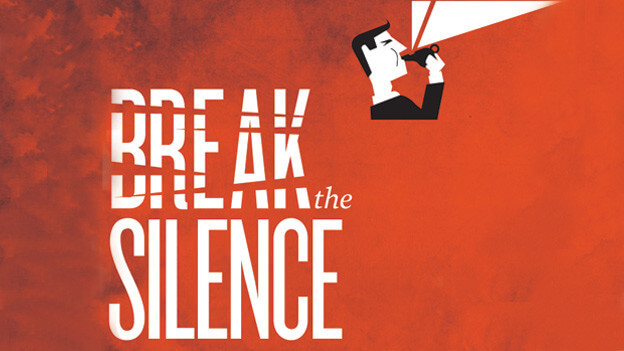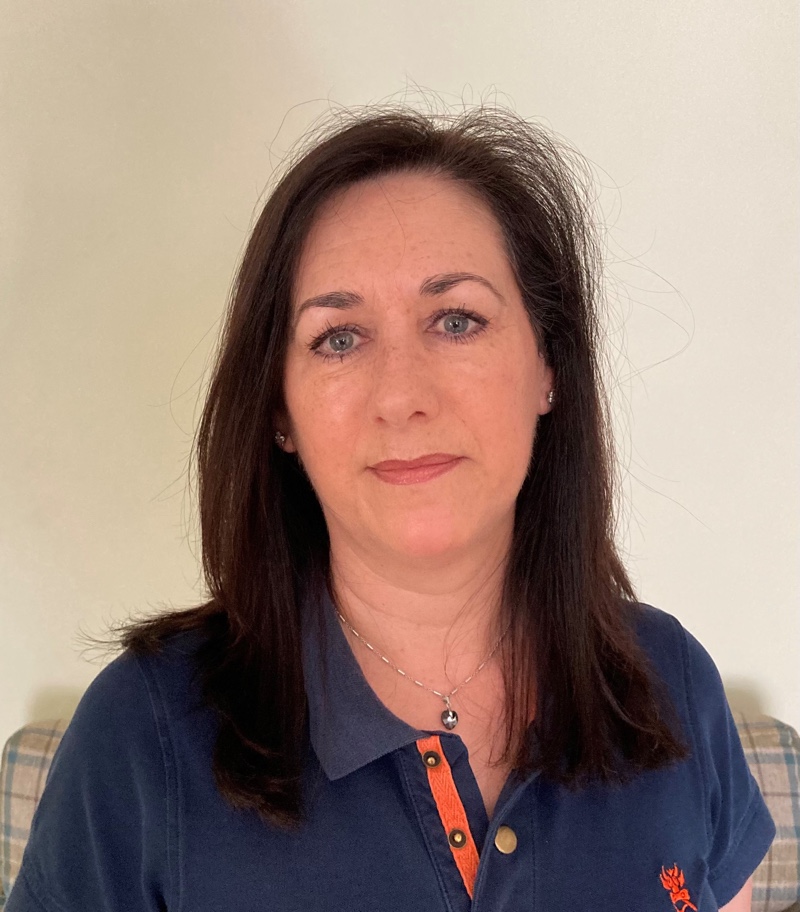Blow that Whistle!

What a Whistleblowing Hotline means
Implemented correctly, whistleblowing hotlines are powerful tools for exposing fraud, bullying, malpractice, discrimination and more.
Historically, the term 'whistleblowing hotline' referred to a telephone-based reporting service. It is now used as a collective term to describe all forms of whistleblowing systems, including online whistleblowing.
A well-managed hotline is compliant, accessible, free of charge at the point of use and inclusive. Ideally, employees should have access to the following: a secure, easy to use, and independently managed, internal reporting process 24/7/365 accessibility. The choice of reporting via telephone, mobile, on-line or in-person so they can report in a way that is most comfortable for the individual and with the option to report in the whistle-blower's native language. The hotline should be confidential, enable anonymous reporting in jurisdictions where allowed and facilitate on-going communication with whistle-blowers who wish not to identify themselves.
How do they work?
The whistleblowing hotline provider will give the company with a unique URL for web-based reporting and freephone number(s), country specific, which are promoted within the business through awareness materials, induction training, policies etc. Awareness is key to the success of the hotline. If individuals do not know that it is available and how to make a report, then it has no value. There are 3 ways to make a report:
A. Telephone reporting: the whistle-blower calls the freephone number to speak to a person and make a report in their native language. An interpreter will join the call as required and a three-way conversation will take place. Using a series of probing and thoughtful questions, the call handler gains an understanding of what occurred, those involved, witnesses, and any potential impacts. To verify the information, callers are read the final report. This is done to ensure the information is accurate and assure the caller his/her concern has been captured appropriately. At the end of the call, the call handler and the whistle-blower exchange information whereby the report is accessible by the caller to make updates, or to check for feedback from the company.
B. Online reporting: the whistle-blower logs on to the company specific web reporting page via the company specific URL to make a report; language options may be available. The whistle-blower is presented with the investigative questions, these are the same questions that would be asked if reporting via the telephone. When the whistle-blower has finished the report, he/she will have the report access information which can be used to make updates to the report, or to check for feedback from the company.
C. Mobile reporting: the whistle-blower uses the company specific URL or QR code to access the simplified reporting page to make a report. As above, the questions help to provide a good understanding of the concerned matter. When the whistle-blower has submitted his/her report, he/she will have report access information which can be used to make updates to the report, or to check for feedback from the company.
The report is processed by a member of the dispatch team and is made accessible to the company's authorised personal (excluding, if applicable, any implicated parties) via a secure Case Management System (CSM). Where the whistle-blower has provided their contact details these will be passed to the company, otherwise the report will be anonymised, and the case number becomes their identity. The company's authorised personnel will receive an email alert to inform them a new or update to a report has been received. The authorised personnel can log on to the CMS using their unique log in details to view the report, send feedback/ask further questions to the whistle-blower, log the investigation, talk to colleagues, access/create management reporting and more.
Obtaining feedback - The whistle-blower can either call the freephone number to speak to someone in person, or log onto the web or mobile reporting site to view the feedback that has been left by the company by using his/her report access information.
Anonymous communication can continue until a case is closed by the company. The outcomes can be logged on the CMS which could be substantiated, partially-substantiated, or not substantiated.
What are the regulations / regulated processes in this field and how does it work in reality?
Regulations vary between industries/countries; it is a highly complex area and is a rapidly evolving landscape. Our secure reporting hotlines simplify compliance to local regulations and privacy laws. The incident tracking software monitors where incidents happen and is configured for GDPR, SOX, EU Whistleblowing Directive, CCPA and PIPEDA requirements.
What are the hidden risks/difficulties in operating a whistle-blower line? What do you have to keep an eye on the most?
Hotlines require governance, management, promotion and right tone from the top: employees must have confidence in the service. Watch out for common themes, which in isolation might seem insignificant but can be part of a larger problem. Investigations must be handled sensitively and confidentially to protect the whistle-blower and the implicated party. Make sure all reports are taken seriously and responded to in a timely manner. Access to reports should be kept to a minimum, only the people who need to know. Companies should demonstrate zero tolerance to malicious reports and any retaliation on the whistle-blower.
What are the biggest advantages of operating such line?
An effective hotline promotes an open, honesty, and accountable culture where employees can express their concerns without fear of reprisal.
Protecting brand reputation is often a key motivator when a business chooses to introduce a whistleblowing hotline. For most organisations, there is no better information source than its employees. However, corrupt, and illegal behaviour often goes undetected because employees fear the consequences of reporting them through existing internal channels.
If employees or third parties do not have access to an independent reporting channel provided by the organisation, they may choose to use alternative public channels, such as going to the press or taking legal action.
A whistleblowing hotline can give an organisation early insight into a potential issue and reduce the likelihood of potentially damaging information reaching the public domain.
What is one piece of advice you would give to your younger self?
Try and stay strong, optimistic, and resilient.
If you had to choose an alternative career, what would you be doing now?
Beauty therapist for the rich and famous, have you seen the price of treatments these days! I qualified as a beautician when I first started working, albeit I never visit a salon.
At the end of your career, if you were to sit and reflect, what one hope do you have?
In the main, to have enjoyed my working life.
